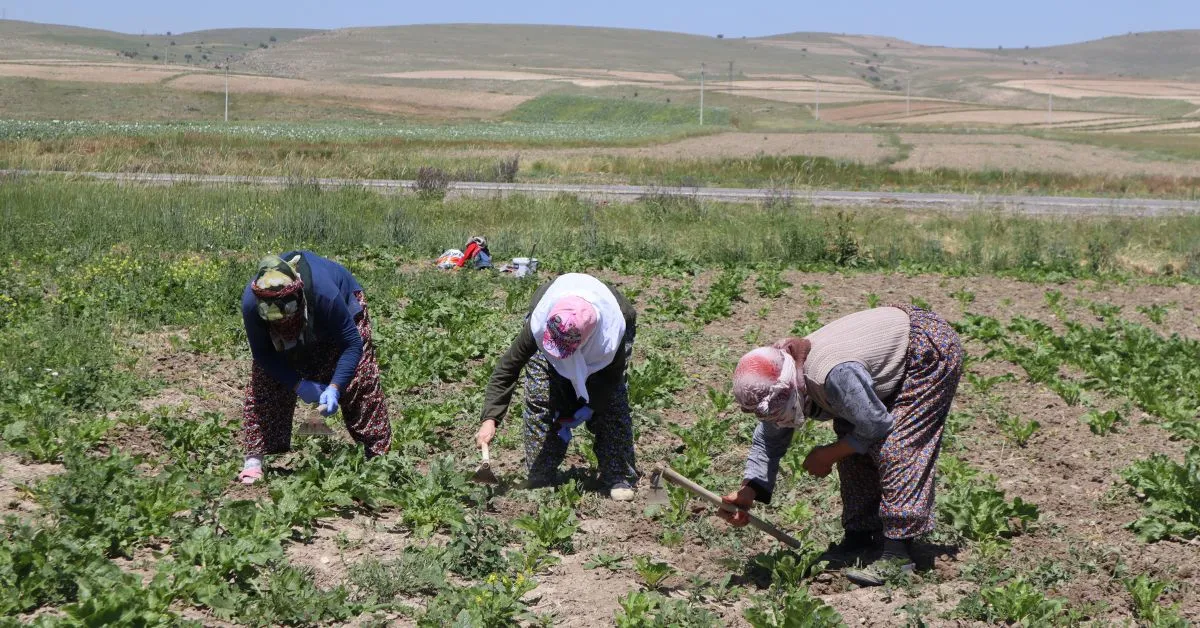The Impact of Climate Change on Indigenous Communities
Indigenous communities across the world already face harsh conditions. However, climate change exacerbates these circumstances by affecting water, food, and physical and mental health. These communities are often excluded from conversations about climate change effects in the media.
A crucial part of tackling the problem of climate change is reducing global warming. One way is to reduce fossil fuel reliance and embrace renewable energy sources like solar power.
SmartSolar can help connect you with the best solar panel companies in your area so you can make sustainable energy choices that impact the world’s population, including indigenous communities.
How Climate Change Impacts Indigenous Communities
Experts suggest there are around 370 million indigenous people whose livelihood is under threat from climate change. These problems are due to extreme weather events like floods, drought, heat waves, hurricanes, and more.
One of the most troubling aspects of this issue is that developed nations have caused most of the damage. However, the impact is felt chiefly by indigenous people. This asymmetry in cause and effect is a particularly cruel twist of fate. However, the good thing is that there are paths that we can take to reduce the damage.
Take the SmartSolar.org Quiz to Find the Best Solar Panel Installers Near You
How Global Warming Devastates Indigenous Communities
Rising global temperatures result in extreme weather, like floods, droughts, hurricanes, and more. Also, melting ice caps and biodiversity changes cause food sources and crop growth issues.
Because indigenous people rely on the land to live, these issues disproportionately affect them. In some areas, famine and war partly caused by climate change are common too. Additionally, climate change has forced tribes and indigenous people to leave their native lands, give up their way of life, and move to cities.
While things are bad now, the future looks bleak for indigenous people worldwide unless we take urgent action.
Effect on Indigenous Communities Around the World
Climate change affects global indigenous communities in various ways. Indigenous territories hold most of the world’s biodiversity across around 90 countries. Here are some areas and communities most hurt by climate change.
- Nigeria: Flooding in the Niger Delta has displaced indigenous tribes and people.
- Sudan: Sudan has been devastated by drought, war, and famine that resulted from climate changes
- The Arctic: Rising sea levels, melting ice, erosion, and loss of food and animals have hurt both Inuit and non-Inuit communities in the Northern hemisphere.
- South Iraq: Farmers in southern Iraq have seen their food output shrunk by longer summers, compromising their traditional farming methods.
- South America: There are around 40 million indigenous people in South America. Many communities have been destroyed and displaced in Peru, Brazil, and Ecuador. In the Amazon Rainforest, unusual weather patterns have combined with deforestation to affect native peoples.
- Australia: Floods and cyclones in Australia have harmed the ancestral people. Many of their practices have been upended by extreme weather, threatening their harmonious existence with the land.
Take the SmartSolar.org Quiz to Find the Best Solar Panel Installers Near You
Impact on Indigenous Communities in the US
While climate change is a global problem, these issues also affect indigenous people in the US. Some of the significant issues at play here are:
- Land Loss: Rising sea levels and floods have dislocated indigenous people from their land. For example, one tribe in Louisiana has lost over 98% of its land.
- Water-Related Illnesses: Communities in Hawaii and the Pacific Islands are affected by droughts and rising sea levels that make potable water too salty. Algae outbreaks in Alaska have also caused health issues.
- Crop Growth: In Hawaii, Alaska, and other regions, food and crops have been compromised. Mercury poisoning and reduced stream flows have hit fish supplies while rising sea levels and permafrost melting have hurt crop growth.
- Airborne Illnesses: Respiratory illness is another element of climate change that harms indigenous communities. Dust in Arizona and New Mexico worsened drought in the area for indigenous communities.
Impact of Climate Change Response Measures on Indigenous Communities
Efforts to help indigenous communities respond to climate change are challenging. For starters, it requires funding and state-level cooperation. Secondly, some mitigation effects force indigenous people to change their way of life and adapt to new technologies. Thirdly, many measures require these communities to grow crops that reduce their area’s biodiversity and food output.
Lastly, indigenous people are forced to abandon their native lands. Too often, they face discrimination in their new homes and mental health problems resulting from a challenging adjustment.
How Can You Help Reduce the Impact of Climate Change on Indigenous Communities?
Climate change is a vast and complex issue. However, there are actions we can take to reduce its effects on people and the environment.
To help reduce global temperatures, switch to renewable energy, like solar panels. While making positive environmental changes requires an investment, there is a federal solar tax credit that can reduce these costs.
Learn more about the federal solar tax incentives.
Final Thoughts
Climate change adversely affects indigenous populations across the world. Its devastating effect on their health and livelihoods is made worse because their low-carbon lifestyles have contributed little to climate change.
If we want to reduce the impact of global warming on citizens around the world, we need to unite and find climate change solutions. SmartSolar is here to help guide you toward better choices, such as installing renewable energy systems like solar panels.
Take the SmartSolar.org Quiz to Find the Best Solar Panel Installers Near You
For instance, due to both falling solar costs and a demand that 60% of the state’s electricity come from renewable resources, solar power installation in the Greater Los Angeles area and across California has been rising quickly in recent years.

